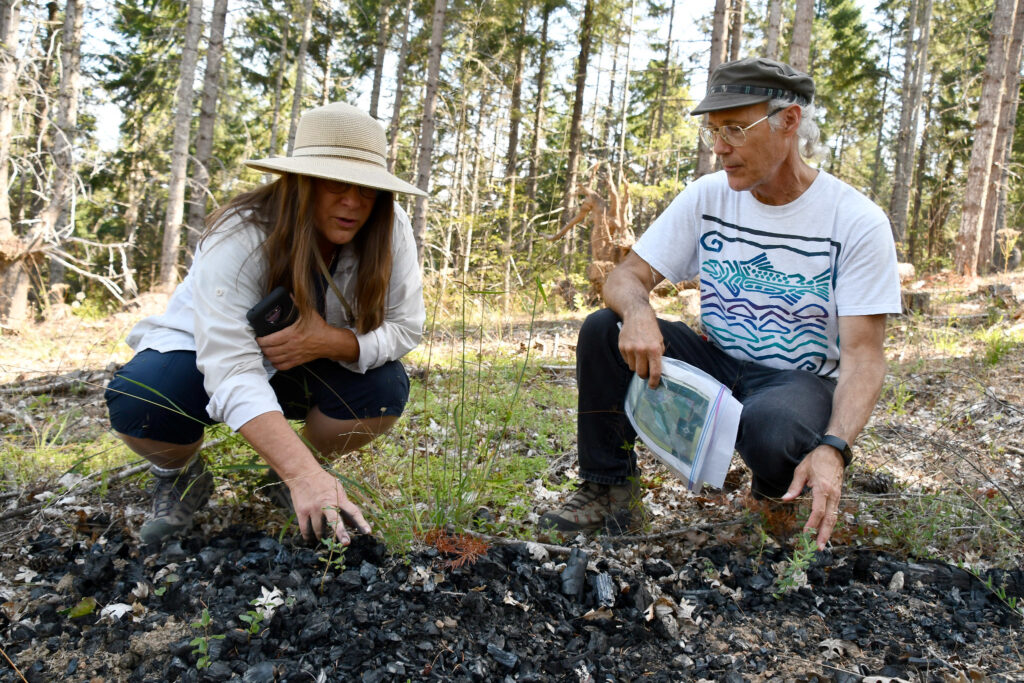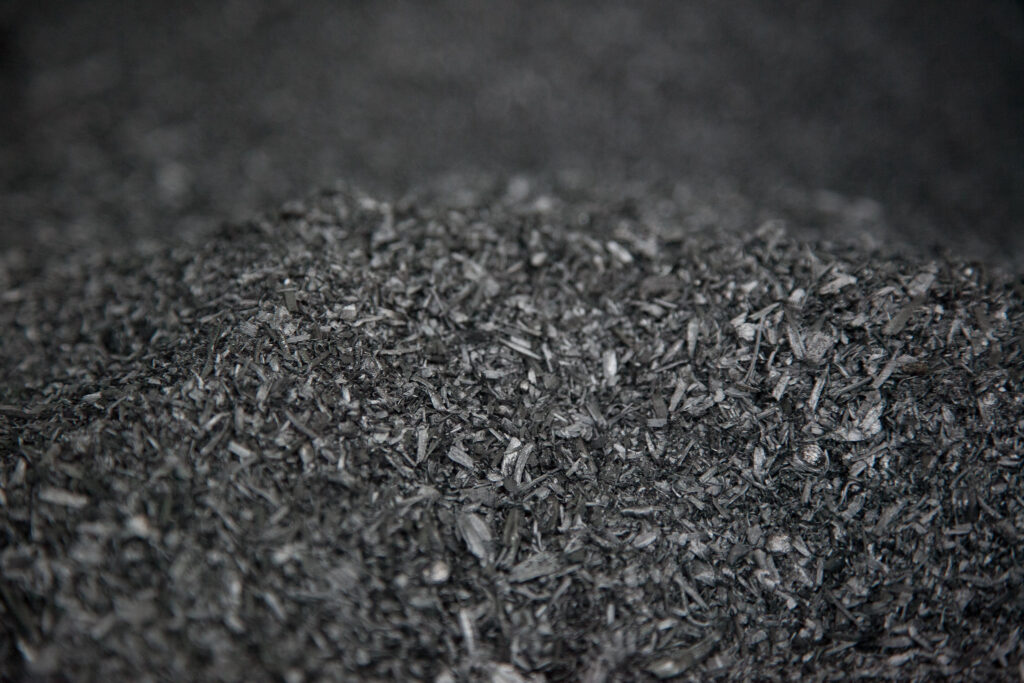By Tyler Hoguet (Image sources are linked below)
As recently as 2017, just 11% of adults living in North America (surveyed by the North American Forest Partnership) would characterize the forest industry as “innovative.” And yet, we’ve seen the recent emergence of several cutting-edge wood technologies and forest products: from mass timber to cellulosic biofuels to nanotechnologies.
The latest innovative forest product to gain steam is biochar: a charcoal-like substance that’s made through burning biomass in a controlled process called pyrolysis. During this process, little to no contaminating fumes are produced; and at the end, a very stable form of carbon is created (meaning the carbon can’t easily escape into the atmosphere).
The benefits of using biochar as a fertilizer and long-term carbon sequestration technique are well-documented. A new study suggests that adding biochar to cattle feed can improve animal health and feed efficiency, reduce nutrient losses and greenhouse gas emissions, and increase soil fertility when applied as fertilizer. Recently the Nebraska Forest Service found that the inclusion of less than 1% biochar into the diet of cattle can lead to a 10% reduction in their methane emissions.
Biochar also holds promise for industrial applications. Researchers at the National University of Singapore have concluded that adding only a small amount of biochar to concrete can increase its strength by up to 20% and make it 50% more watertight. And when biochar is added as a concrete supplement, up to six metric tons of wood waste could be recycled and reused in the construction of a 1,076-square-foot home.
 Other research suggests that adding 5% biochar by weight to 3D printing polymers improves tensile strength by up to 60%. And that biochar is an excellent, low-cost method of removing contaminants from water that could prove extremely beneficial to public health (particularly in low-income communities).
Other research suggests that adding 5% biochar by weight to 3D printing polymers improves tensile strength by up to 60%. And that biochar is an excellent, low-cost method of removing contaminants from water that could prove extremely beneficial to public health (particularly in low-income communities).
What is perhaps most intriguing about biochar is its potential (yes! It can do even more!). Right now, biochar is being tested for its medicinal properties and even its potential for use as mattress filling. So the next time you hear the forest industry isn’t innovative, just point to biochar.
Tyler Hoguet is NASF’s 2020 Summer James Hubbard Intern for Policy and Communications. He can be reached by email at intern@stateforesters.org.


